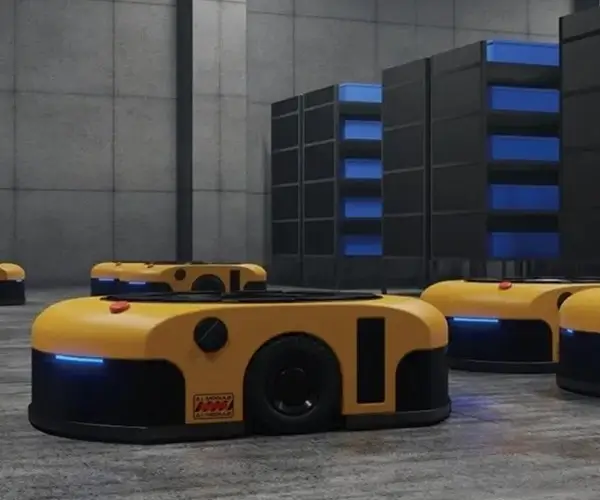Sure! Here's the first part of a captivating soft article on the theme "about DC gear motor." I'll make it engaging, informative, and attractive, leading smoothly into the second part. Let’s begin:

The Intriguing Power of DC Gear Motors — An Essential in Modern Engineering
In a world increasingly driven by automation, robotics, and precision machinery, the humble motor plays a starring role. Among various motor types, the DC gear motor holds a unique position, seamlessly blending power, control, and compact design. Whether operating in small appliances, robotic arms, medical devices, or industrial equipment, DC gear motors are the engines of innovation that keep our world moving.
What Exactly Is a DC Gear Motor?
At its core, a DC gear motor is a direct current (DC) motor paired with a gear reduction system. The primary purpose is straightforward yet profound: the motor generates rotational power, which is then moderated and transformed by a gear train to achieve desired speed, torque, and precision. Unlike regular DC motors, which can spin at high speeds with limited torque, gear motors tame this power, delivering a finely tuned output suitable for delicate tasks or high-force applications.
Imagine a tiny robot arm gripping a fragile glass or an industrial conveyor belt moving hefty loads — these are scenarios where the ability to control speed and torque is critical. The gear system acts as a translator, converting the motor’s raw spinning energy into controlled, usable motion.
Why Is the Gearbox So Important?
The gear box, or gear reduction system, is the heart of the DC gear motor. Its role is to reduce the high rotational speed of the motor’s shaft while increasing torque. This is achieved through a series of gears—be it spur, planetary, worm, or helical gears—each with specific characteristics suited to different applications.
The most common are planetary gear systems known for their high efficiency and compact design, ideal for applications where space is limited but power density is crucial. Spur gears, with their straightforward design, are often used in simpler or less demanding tasks. The choice of gear type influences factors such as noise, durability, and efficiency.
How Do Different DC Gear Motors Vary?
DC gear motors come in various forms, tailored for specific uses:
Brushed DC Gear Motors: The traditional choice, featuring brushes and commutators. They’re simple and affordable, perfect for applications where cost matters more than noise or long-term durability.
Brushless DC (BLDC) Gear Motors: Utilizing electronic commutation, these motors tend to be more efficient, produce less noise, and have a longer lifespan—making them popular in high-precision devices like drones or medical equipment.
Coreless DC Gear Motors: Known for their lightweight and fast response, these motors are used in highly sensitive instrumentation.
The decision among these types hinges on factors such as load requirements, operational life, power consumption, and environmental conditions.
The Inner Workings: From Electrical Energy to Mechanical Power
Breaking down the functioning process, a DC gear motor transforms electrical energy into mechanical energy through electromagnetic interactions:
Electrical Input: When voltage is applied, current flows through the armature windings, generating a magnetic field.
Magnetic Interaction: This magnetic field interacts with the fixed magnets or coils within the motor to produce a force, causing the rotor to spin.
Gear Reduction: The high-speed rotation of the rotor passes through the gear train, where it’s slowed down while torque is increased.
Output Shaft: The result is a shaft rotating at a slower, controlled speed with higher torque—perfect for driving mechanical load with precision.
This continuous conversion process makes DC gear motors incredibly versatile. Their ability to combine adjustable speed, directional control, and torque modulation positions them as must-haves across countless sectors.
Applications of DC Gear Motors: Powering the Future
From everyday gadgets to cutting-edge machinery, DC gear motors are ubiquitous. Here are some major application domains:
Robotics: The cornerstone of robotic joints and drive systems where precision movement is non-negotiable.
Medical Devices: Used in infusion pumps, surgical robots, and diagnostic equipment, where delicate, controlled motion is vital.
Industrial Automation: Conveyor systems, automated guided vehicles (AGVs), and packaging machines rely on these motors for unwavering performance.
Consumer Electronics: E.g., camera autofocus systems, electric toothbrushes, and small home appliances.
Automotive Systems: Power window regulators, seat adjustments, and even some electric vehicle subsystems.
Their adaptability and efficiency make DC gear motors essential in integrating smart, powerful, and compact solutions.
Established in 2005, Kpower has been dedicated to a professional compact motion unit manufacturer, headquartered in Dongguan, Guangdong Province, China.




































